FBI fingerprinting is an essential procedure for various official purposes such as employment, immigration, licensing, and security clearance. Unlike a regular background check, this process involves biometric data—your fingerprints—which are uniquely linked to your criminal and civil records. Understanding how this process works can help you prepare, ensure accuracy, and avoid delays. In this guide, we explain the entire FBI fingerprinting process, step by step.
What Is FBI Fingerprinting?
FBI fingerprinting is the collection and submission of your fingerprints to the Federal Bureau of Investigation (FBI), which uses them to search its Integrated Automated Fingerprint Identification System (IAFIS). This system compares your prints against a vast database that includes criminal histories, employment records, immigration data, and more.
Step-by-Step FBI Fingerprinting Process
1. Determine the Need for FBI Fingerprinting
Individuals may need an FBI background check for:
- Employment (especially in federal or sensitive roles)
- Immigration or visa applications
- Adoption (domestic or international)
- Travel abroad or foreign residency
- Professional licenses
- Personal review or record correction
2. Choose the Right Service Provider
You can complete FBI fingerprinting through:
- An FBI-approved channeler
- A local Live Scan fingerprinting service
- Ink fingerprinting at police departments or mobile notary services like pdx fingerprinting, for example, offers mobile fingerprinting for your convenience, ensuring compliance with FBI standards.
3. Prepare Required Documentation
You will typically need:
- A valid government-issued photo ID (e.g., driver’s license, passport)
- Any reference or case number from the requesting agency
- Payment for service and FBI processing fees
4. Fingerprint Collection
Fingerprints can be collected in two ways:
- Live Scan (Electronic): Digital scan submitted directly to the FBI or channeler.
- Ink and Roll (Manual): Fingerprints taken on an FD-258 card and mailed to the FBI.
Professionals like PacSigning ensure that fingerprints are correctly captured to avoid rejection or delays.
5. Submission to the FBI
Depending on your method:
- Electronic submission (via channeler or Live Scan) is faster.
- Mail-in submission (ink cards) takes longer but may be required by some agencies.
6. Processing and Results
- If submitted electronically: results in 24-72 hours
- If mailed: processing takes 2-6 weeks
Results are sent by email, mail, or to the requesting agency.
Why Professional Fingerprinting Matters
Incorrect or unclear fingerprints can lead to rejection and delays. Trusted providers like PacSigning ensure accuracy and proper documentation, helping you stay compliant and on schedule.
FAQs
Q: Can I use Live Scan for out-of-state fingerprinting? A: Yes, but check if the receiving agency accepts out-of-state electronic submissions.
Q: What if my fingerprints are rejected? A: You’ll need to redo the process. Professional capture minimizes this risk.
Q: Can I request my own FBI background check? A: Yes. Individuals can request it directly for personal review or correction.
Q: Is FBI fingerprinting confidential? A: Yes. Only authorized parties receive the results.
Final Thoughts
Understanding the FBI fingerprinting process helps you avoid missteps and unnecessary delays. Choose a reliable provider like PacSigning to ensure smooth, secure, and compliant fingerprinting for all your legal and professional needs.


